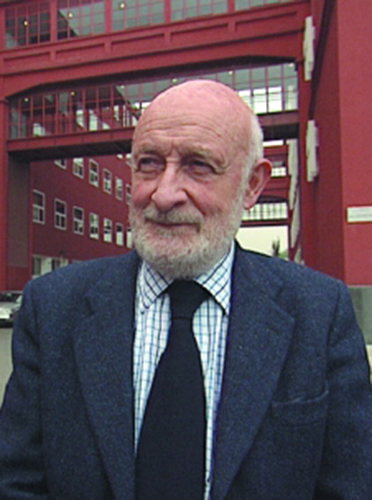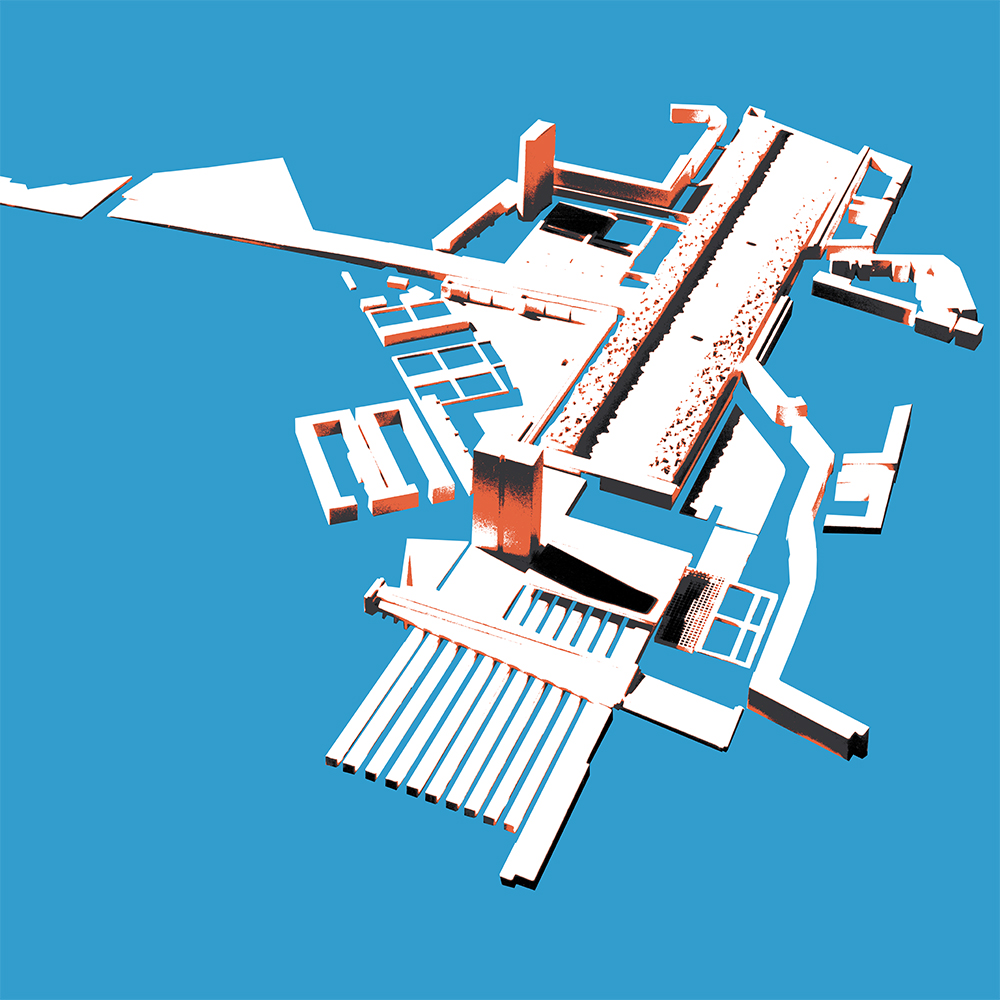
Vittorio Gregotti in front of Università Bicocca | Comune di Milano - CASVA
Gregotti
Vittorio Gregotti (Novara 1927) is one of the most authoritative figures of Italian architecture of the second half of the twentieth century; who, through intense professional activity and lively intellectual diligence, defended the idea of a more ordered and regular form of architecture, intended as an antidote to the chaos of the modern world. He graduated in architecture at the Politecnico di Milano in 1952, and from 1953 until 1968 he worked with Lodovico Meneghetti and Giotto Stoppino. During 1974 he founded the Gregotti Associati studio. He also taught at the IUAV in Venice and in the faculties of architecture in Milan and Palermo. Between 1953 and 1963 he was editor of the magazine “Casabella”, which he then ran from 1982 until 1996. His most important work included cooperative housing in Milan, the ZEN district in Palermo, la offices of the University of Calabria at Cosenza, the Bicocca district in Milan, the cultural centre at Belém (Lisbon), a plan for the city of Pujiang in China and the new lyric theatre in Aix-en-Provence.
Insights

